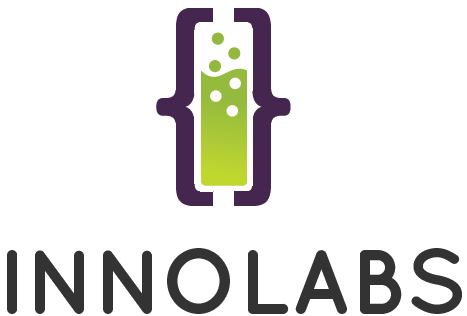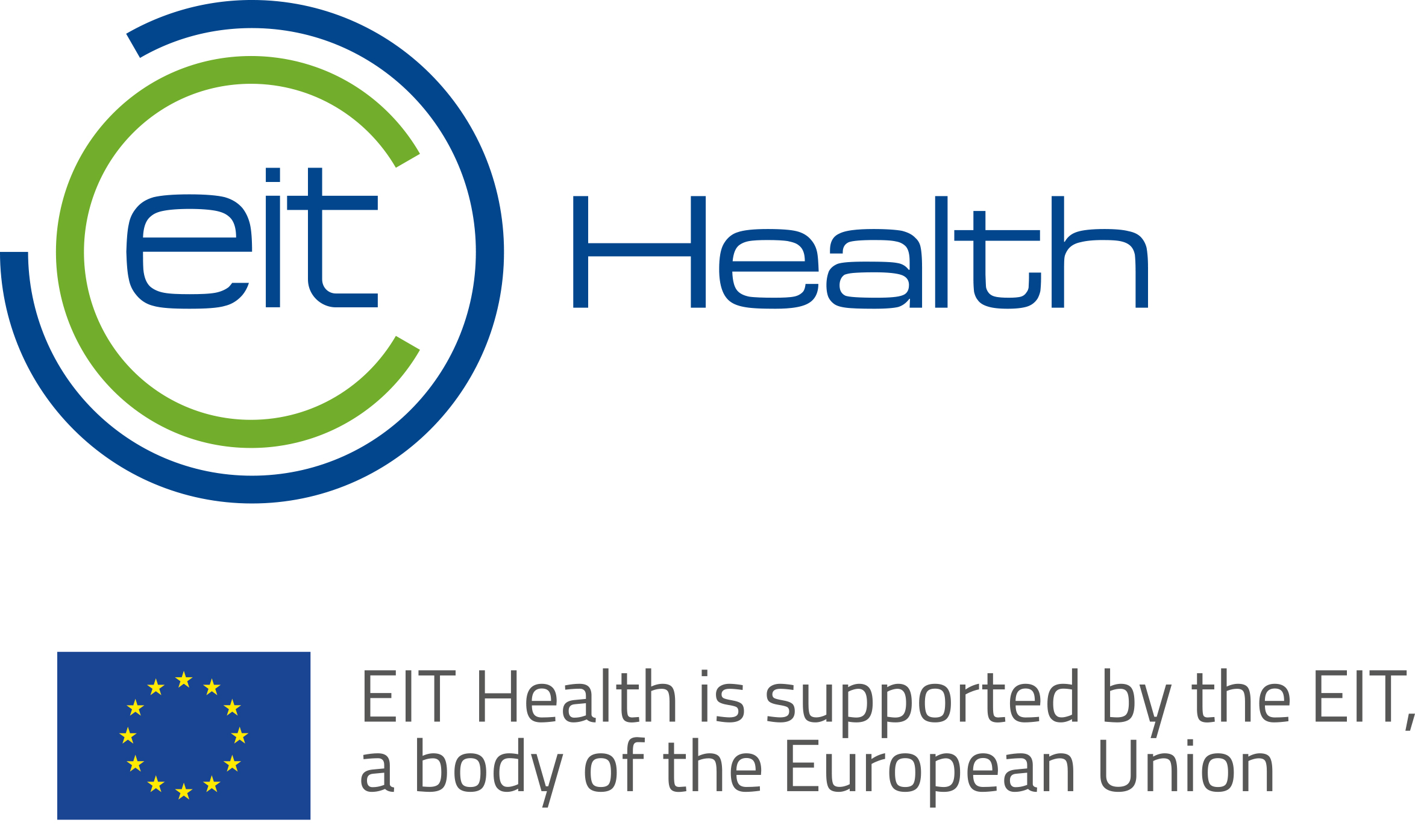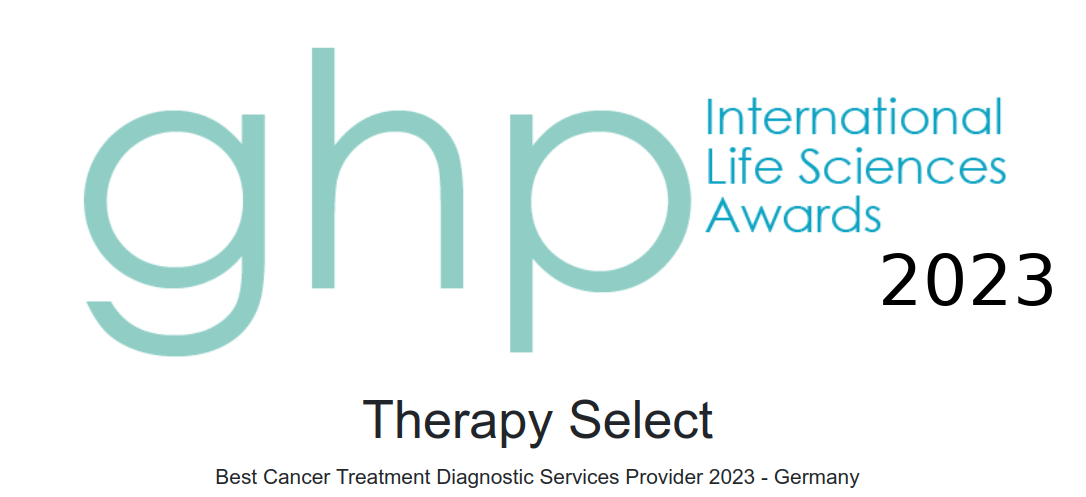The decision to treat cancer with chemotherapy is always associated with certain risks, as the drugs used in the treatment can cause various side effects. This is because the drugs that kill the cancer cells, or at least reduce their proliferation, do not "discriminate" between diseased and healthy cells, they generally attack all cells that exhibit rapid growth (a hallmark of cancerous tissue).
For this reason, a central task of the treating physician is to analyze in advance the individual situation of the patient accurately. It is the physical and mental constitution of an individual patient that influences the potential side effects of chemotherapy. The choice of the drugs to be administered also plays a crucial role, which can trigger extremely different effects depending on the active ingredient in the drugs and patient reaction to these active ingredients.
Risk Minimization through Comprehensive Preliminary Examinations
As with any other medical procedure, the so-called therapeutic index should also be considered in chemotherapy: the difference between the desired curative or palliative effect and the expected side effects. Of course, treatment only makes sense if the foreseeable positive effects outweigh the negative consequences (both short-term and long-term). In order to make an informed decision in advance, TherapySelect supports physicians and patients with state-of-the-art diagnostics. Today there is a large variety of anticancer medicines availabale. Our test results combined with the physicians' diagnosis provide additional safety in the selection of the active ingredients for cancer treatment. In this context, we offer the CTR-Test®(chemotherapy resistance test) and the PCDx™ (tumor profiling by molecular-based biomarker analysis).
Possible Side Effects of Chemotherapy
Under this topic, we would like to introduce you the most common side effects of chemotherapy. It is a diverse subject and the respective physician should inform the patient on a case-by-case basis.
The most common side effects of chemotherapeutics are nausea and vomiting. The majority of patients suffer from these symptoms. However, today there are several supportive medications that can be administered, preferably just before any chemotherapy treatment, to suppress this effect.
Since the cells responsible for hair growth also divide rapidly and are target of cystostatics, they are usually also killed, resulting in hair loss. The hair will start to grow back after chemotherapy treatment.
Inflammation of the mucous membranes in the mouth and throat, but also in the genital area, occur regularly. It is usually very painful for the patient. However, to avoid inflammation as much as possible, there are a number of effective preventative measures regarding oral and dental care, eating and drinking, smoking, etc.
Finally, in many cases of chemotherapy treatment, changes in blood count occur: both white and red blood cells regress. White blood cells are responsible for the body's defense system - as a result, the patient is more susceptible to infectious diseases. This can be counteracted by the concomitant administration of antibiotics or (in particularly severe cases) growth factors.
All the above-mentioned side effects of chemotherapy are short-term and the symptoms usually decrease once treatment is finished, except for very rare exceptional cases.
However, certain late effects or long-term side effects can not be completely ruled out. It is discussed as a possible risk that another independent tumor may develop years or even decades after therapy. Furthermore, the fertility of the patient may be affected. Certain permanent nerve damage in hands and feet can occur and some patients suffer long term from persistent fatigue, which is best to be dealt with sports and exercise.




